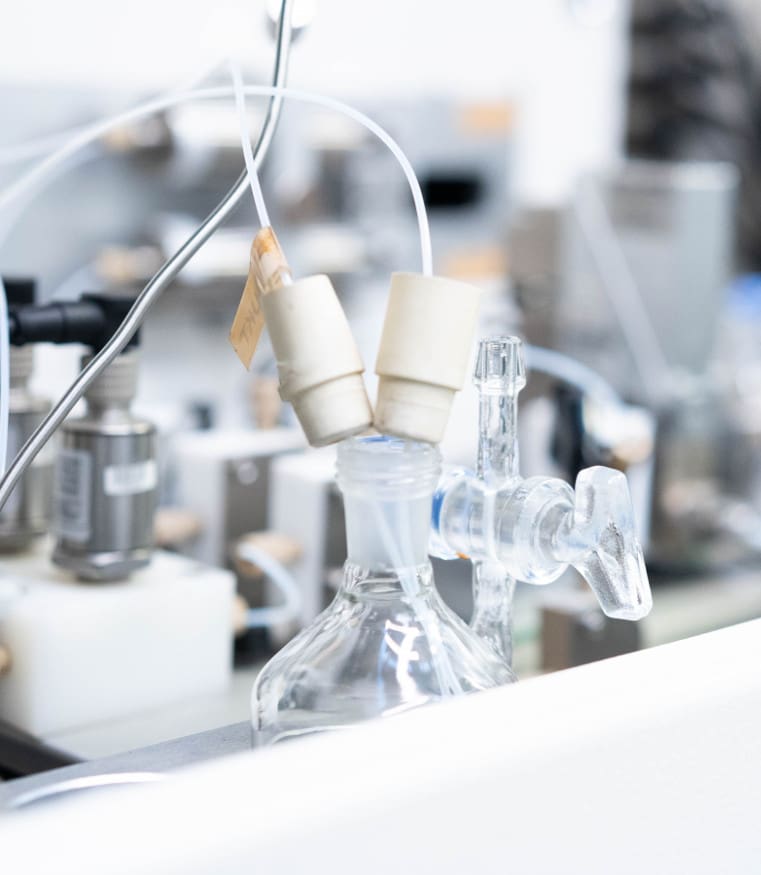Reductive Cross-Coupling of Olefins via a Radical Pathway
Olefins are widely available at low costs, which explains the usefulness of developing new methods for their functionalization. Here we report a simple protocol that uses a photoredox catalyst and an inexpensive thiol catalyst to stitch together two olefins, forming a new C–C bond. Specifically, an electron-poor olefin is reduced by the photoredox catalyst to generate, upon protonation, a carbon radical, which is then captured by a neutral olefin. This intermolecular cross-coupling process provides a tool for rapidly synthesizing sp3-dense molecules from olefins using an unconventional disconnection.

Zhou, W.; Dmitriev, I. A.; Melchiorre, P.
J. Am. Chem. Soc. 2023, 145 (46), 25098–25102
DOI:
10.1021/jacs.3c11285

Let's create a brighter future
Join our team to work with renowned researchers, tackle groundbreaking
projects and contribute to meaningful scientific advancements



















